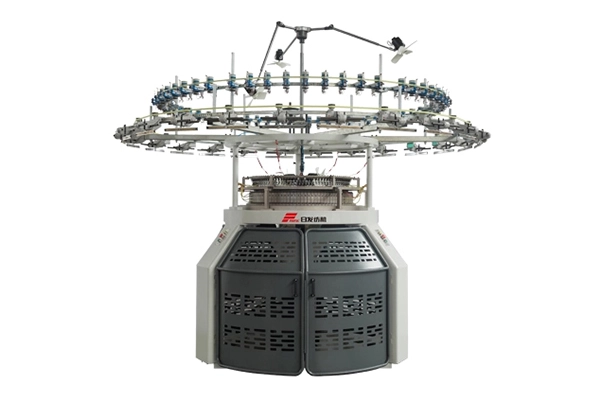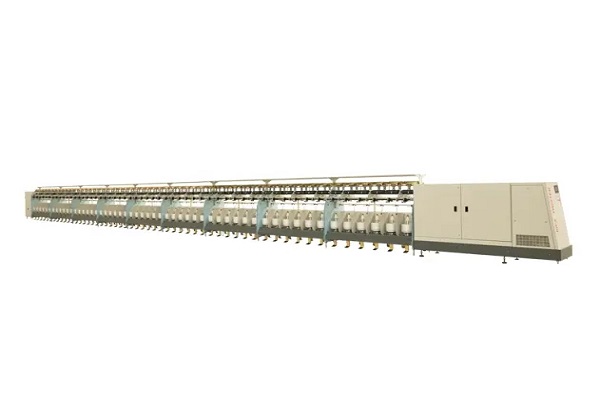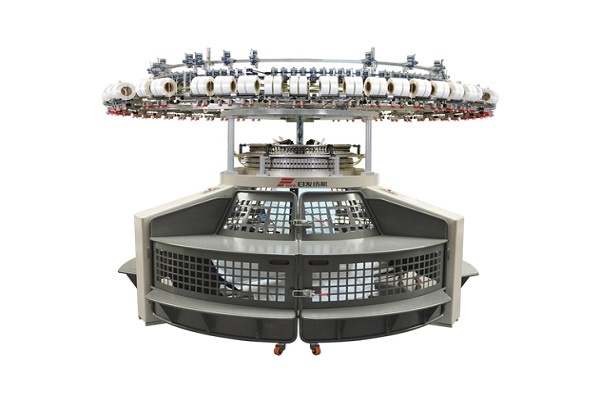En
The false-twist texturing machine refers to the device that introduces twist into the middle of the yarn without rotation at both ends of the yarn control. The false-twist can enhance the yarn's strength, diminish the accidental elongation of spinning, improve the yarn's elasticity, reduce hairiness, and more. Here is a list of several applications of the false-twist texturing machine in spinning:
Self-twist spinning for medium-length chemical fiber spinning or blending with wool, hemp, silk, and other fibers features a straightforward process, high labor productivity, low cost, among other advantages. The principle behind false-twisting is that after the yarn or chemical fiber strips are drawn out, the fibers are fed through the drafting device, and false-twisting is applied using a pair of twisting rods that rotate and move back and forth, creating self-twist yarns with different twists at the ends and no twists in the middle.
In rotor spinning, when the yarn rotates around the twisting disk, the rotation around the yarn's own axis generates a false-twist, with the twist direction being the same as that of the true twist. The larger the diameter of the twisting disc, the greater the angle of envelopment, resulting in more false-twists. However, excessive twisting can cause the involvement of more fiber bundles across the yarn, leading to entangled fibers, reduced strength, and increased hairiness.
Chemical fiber filaments are typically arranged in parallel and lack cohesive force, making them prone to dragging, hooking, uneven tension, and increased breakage. False-twist deformed yarn is characterized by good elasticity, high elongation, excellent fluffiness, high strength, and high coverage. It is suitable for producing socks, outerwear, seamless garments, functional sportswear, and fancy yarn products.
By fitting a high-speed false-twist texturing machine, similar to the one used for false-twist deformed yarn, at the guide hook of ring spinning, the twist of the spinning section can be increased, thereby reducing the twist and torque of ring spinning. This method allows for the spinning of soft, low-twisted high-end yarns, enabling the development of high-end textile products. It is particularly suitable for knitwear, denim, no-twist towels, and other varieties.
It is critical to note that while it is feasible to leverage the characteristics of various fibers through the false-twist texturing machine to produce products that satisfy diverse requirements, more twist is not always better. Excessive twisting can lead to fiber shrinkage and cross-sectional fiber transfer, increased hairiness, and uneven blending. Only the appropriate combination of different fiber characteristics can foster product innovation and development.


